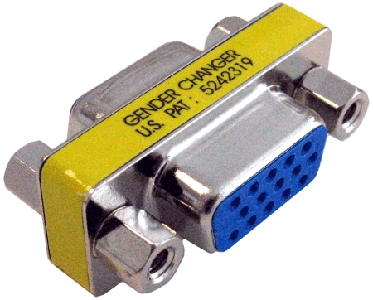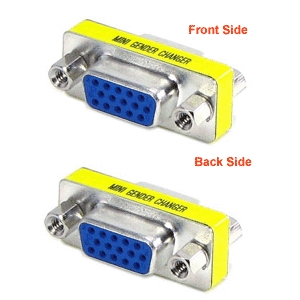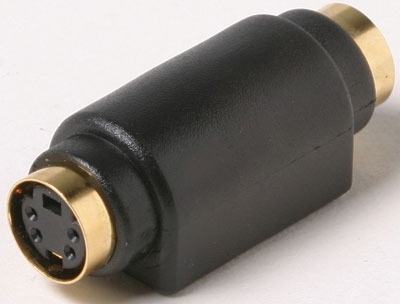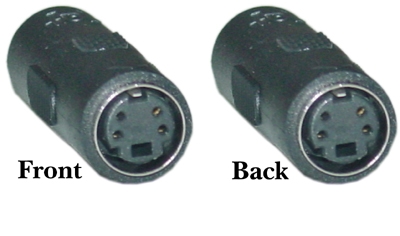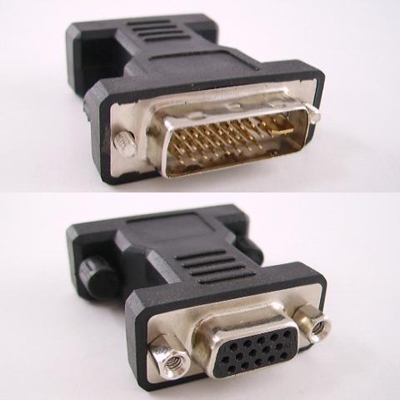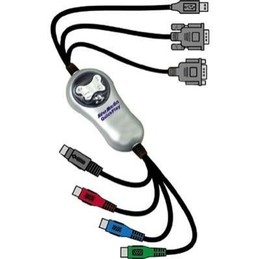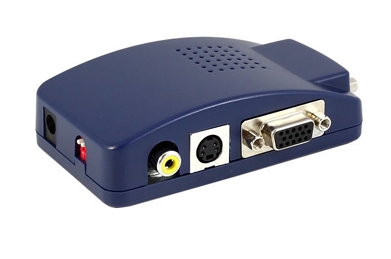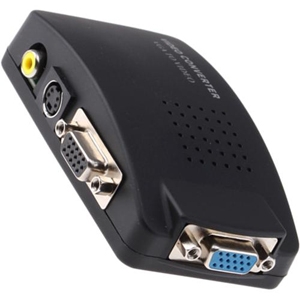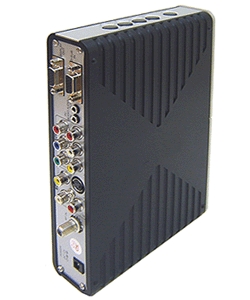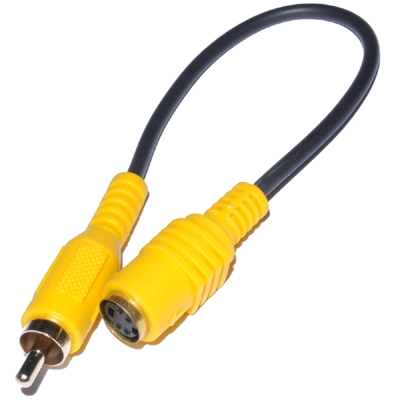VJ Equipment
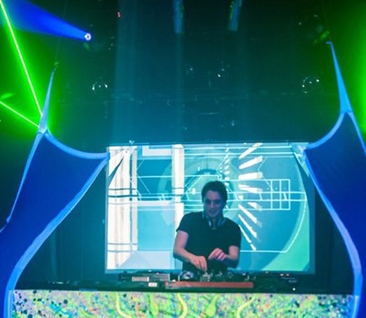
A video projector is an image projector that receives a video signal and projects the corresponding image on a projection screen using a lens system. All video projectors use a very bright light to project the image, and most modern ones can correct any curves, blurriness, and other inconsistencies through manual settings. Video projectors are widely used for many applications such as, conference room presentations, classroom training, home theatre and concerts. Projectors are widely used in many schools and other educational settings, sometimes connected to an interactive whiteboard to interactively teach pupils.
A video projector, also known as a digital projector, may project onto a traditional reflective projection screen, or it may be built into a cabinet with a translucent rear-projection screen to form a single unified display device. Common display resolutions for contemporary (as of 2012) portable projectors include SVGA (800×600 pixels), XGA (1024×768 pixels), 720p (1280×720 pixels), and 1080p (1920×1080 pixels). The cost of a device is determined not only by its resolution but also by its light output. A projector with a higher light output (measured in lumens, “lm”) is required for a larger screen or for a room with a larger amount of ambient light. For example, a light output of approximately 1500 to 2500 ANSI lumens is suitable for small screens viewed in rooms with low ambient light; approximately 2500 to 4000 lm is suitable for medium-sized screens with some ambient light; over 4000 lm is needed for very large screens or for use in rooms with no lighting control such as conference rooms. A few camcorders have a built-in projector suitable to make a small projection; a few more powerful "pico projectors" are pocket-sized, and many projectors are portable.
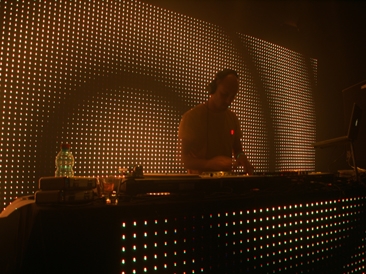
An LED display is a flat panel display, which uses light-emitting diodes as a video display. An LED panel is a small display, or a component of a larger display. They are typically used outdoors in store signs and billboards, and in recent years have also become commonly used in destination signs on public transport vehicles or even as part of transparent glass area. LED panels are sometimes used as form of lighting, for the purpose of general illumination, task lighting, or even stage lighting rather than display.
A plasma display panel (PDP) is a type of flat panel display common to large TV displays 30 inches (76 cm) or larger. They are called "plasma" displays because the technology utilizes small cells containing electrically charged ionized gases, or what are in essence chambers more commonly known as fluorescent lamps.
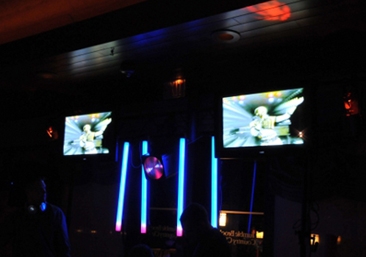
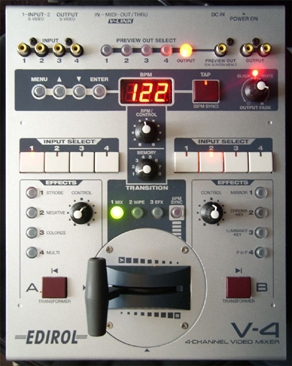
A vision mixer (also called video switcher, video mixer or production switcher) is a device used to select between several different video sources and in some cases Compositing (mix) video sources together to create special effects. This is similar to what a mixing console does for audio. The terms vision mixer and video mixer that describes both the equipment and the device operator are used outside the USA. In the United States, the equipment is called a video production switcher and the device operator is known as a technical director (TD) that is part of a television crew.
The main concept of a professional vision mixer is the bus, basically a row of buttons with each button representing a video source. Pressing such a button will select the video out of that bus. Older video mixers had two equivalent buses (called the A and B bus; such a mixer is known as an A/B mixer). One of these buses could be selected as the main out (or program) bus. Most modern mixers, however, have one bus that is always the program bus, the second main bus being the preview (sometimes called preset) bus. These mixers are called flip-flop mixers, since the selected source of the preview and program buses can be exchanged. Both preview and program bus usually have their own video monitor.
MIDI has been adopted as a control protocol in a number of non-musical applications. MIDI Show Control uses MIDI commands to direct stage lighting systems and to trigger cued events in theatrical productions. VJs and turntablists use it to cue clips, and to synchronize equipment, and recording systems use it for synchronization and automation. Apple Motion allows control of animation parameters through MIDI. The 1987 first-person shooter game MIDI Maze and the 1990 Atari ST computer puzzle game Oxyd used MIDI to network computers together, and kits are available that allow MIDI control over home lighting and appliances.
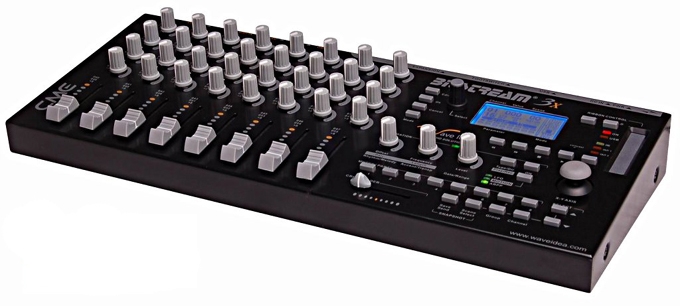
MIDI is usually associated with music devices however MIDI can control any device that can read and process a MIDI command. It is therefore possible to send a spacecraft from earth to another destination in space, control home lighting, heating and air conditioning and even sequence traffic light signals all through MIDI commands. The receiving device or object would require a General MIDI processor, however in this instance, the program changes would trigger a function on that device rather than notes from MIDI instrument. Each function can be set to a timer (also controlled by MIDI) or other condition determined by the devices creator.
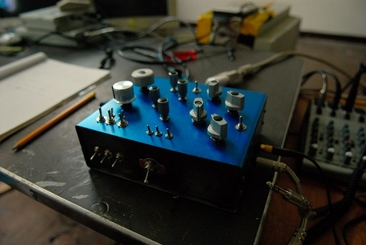
A video synthesizer is able to generate a variety of visual material without camera input through the use of internal video pattern generators, as seen in the stillframes of motion sequences shown above. It can also accept and "clean up and enhance" or "distort" live television camera imagery. The synthesizer creates a wide range of imagery through purely electronic manipulations. This imagery is visible within the output video signal when this signal is displayed. The output video signal can be viewed on a wide range of conventional video equipment, such as TV monitors, theater video projectors, computer displays, etc. Video pattern generators may produce static or moving or evolving imagery. Examples include geometric patterns ( in 2D or 3D ), subtitle text characters in a particular font, or weather maps. Imagery from TV cameras can be altered in color or geometrically scaled, tilted, wrapped around objects, and otherwise manipulated. A particular video synthesizer will offer a subset of possible effects.
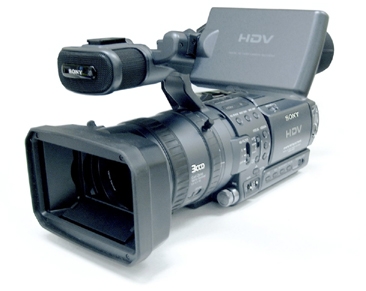
A video camera is a camera used for electronic motion picture acquisition, initially developed by the television industry but now common in other applications as well. The earliest video cameras were those of John Logie Baird, based on the electromechanical Nipkow disk and used by the BBC in experimental broadcasts through the 1930s. All-electronic designs based on the cathode ray tube, such as Vladimir Zworykin's Iconoscope and Philo T. Farnsworth's Image dissector, supplanted the Baird system by the 1940s and remained in wide use until the 1980s, when cameras based on solid-state image sensors such as CCDs (and later CMOS active pixel sensors) eliminated common problems with tube technologies such as image burn-in and made digital video workflow practical. Video cameras are used primarily in two modes. The first, characteristic of much early broadcasting, is live television, where the camera feeds real time images directly to a screen for immediate observation. A few cameras still serve live television production, but most live connections are for security, military/tactical, and industrial operations where surreptitious or remote viewing is required. In the second mode the images are recorded to a storage device for archiving or further processing; for many years, videotape was the primary format used for this purpose, but optical disc media, hard disk, and flash memory in tapeless camcorders are all increasingly used. Recorded video is used in television and film production, and more often surveillance and monitoring tasks where unattended recording of a situation is required for later analysis.
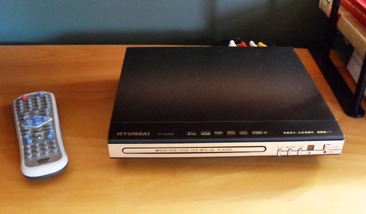
A DVD player is a device that plays discs produced under both the DVD-Video and DVD-Audio technical standards, two different and incompatible standards.
Some manufacturers originally announced that DVD players would be available as early as the middle of 1996. These predictions were woefully optimistic. Delivery was initially held up for "political" reasons of copy protection demanded by movie studios, but was later delayed by lack of titles. The first players appeared in Japan in November, 1996, followed by U.S. players in March, 1997, with distribution limited to only 7 major cities for the first 6 months. Players slowly trickled in to other regions around the world. Prices for the first players in 1997 were $1000 and up. By the end of 2000, players were available for under $100 at discount retailers. In 2003 players became available for under $50. Six years after the initial launch, close to one thousand models of DVD players were available from over a hundred consumer electronics manufacturers.
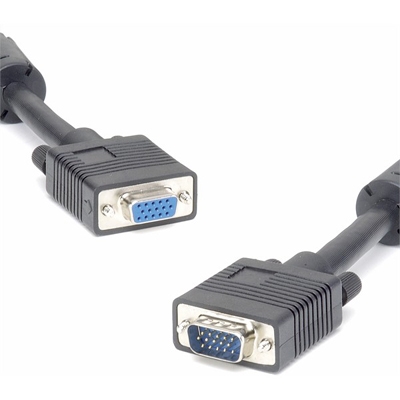
|
|
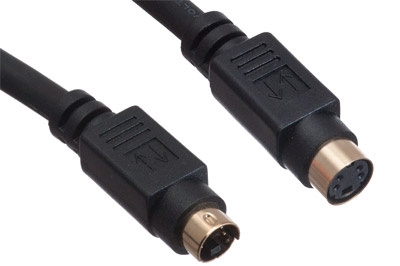
|
|
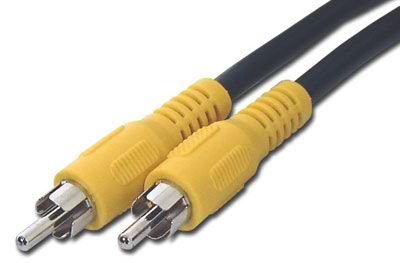
|
|
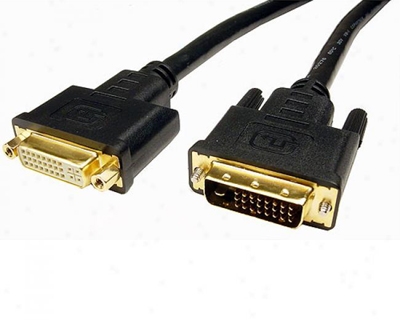
|
|
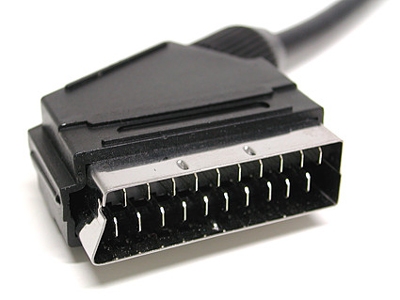
|
|
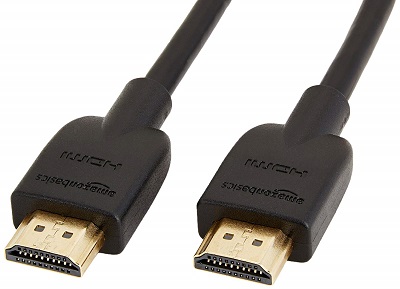
|
|
